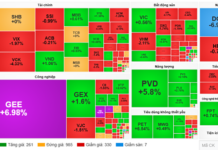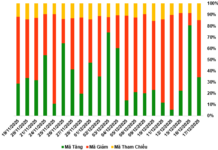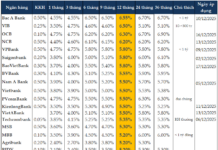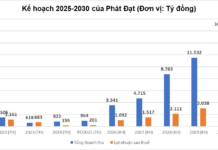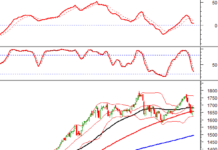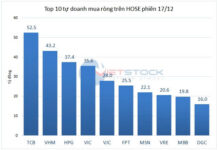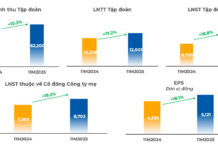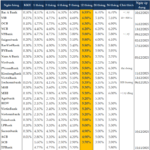“Hidden waves” that few people know about
Long An is a province located in the key economic region in the South and is the gateway connecting the Southeast region with the Mekong River Delta region, but Long An always appears to be “humble” compared to its brothers like Binh Duong, Dong Nai, Ba Ria – Vung Tau. This is also an area with a large number of industrial clusters and industrial parks. The amount of land for housing development is considered the largest in the South at present. However, the paradox is that there is a large land fund but very few project supply developments in Long An, especially well-planned projects.
Remember, during the 2018-2020 period, the real estate market in neighboring provinces such as Binh Duong, Dong Nai, Ba Ria Vung Tau all announced the launch of new projects, while in Long An, the number of projects launched for sale could be counted on one hand. Many people even think that Long An is “quietly developing” to the point of being puzzling and incomprehensible. Even when businesses like Vingroup, Nam Long, Him Lam Land, Becamex, Cat Tuong, Hoang Cau Vietnam Co.,Ltd… invest in projects, it still does not appear as bustling as other areas.
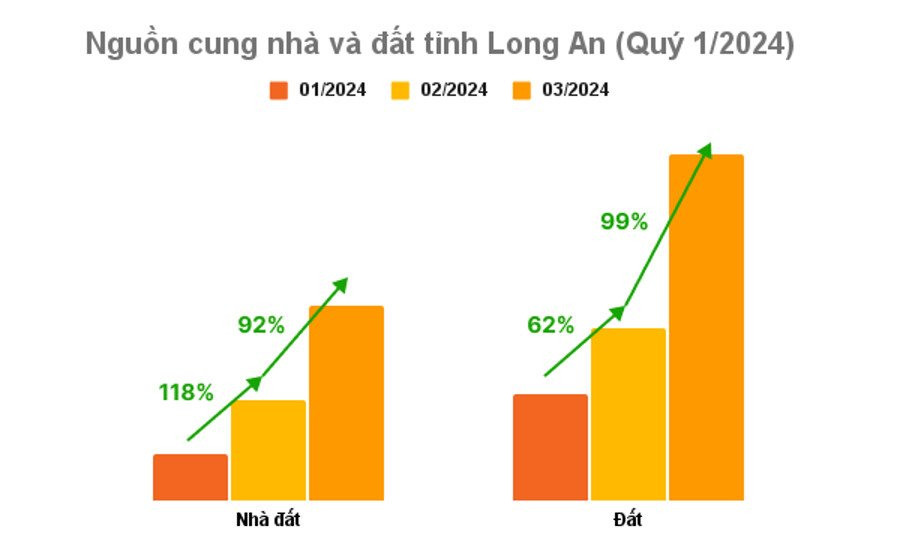
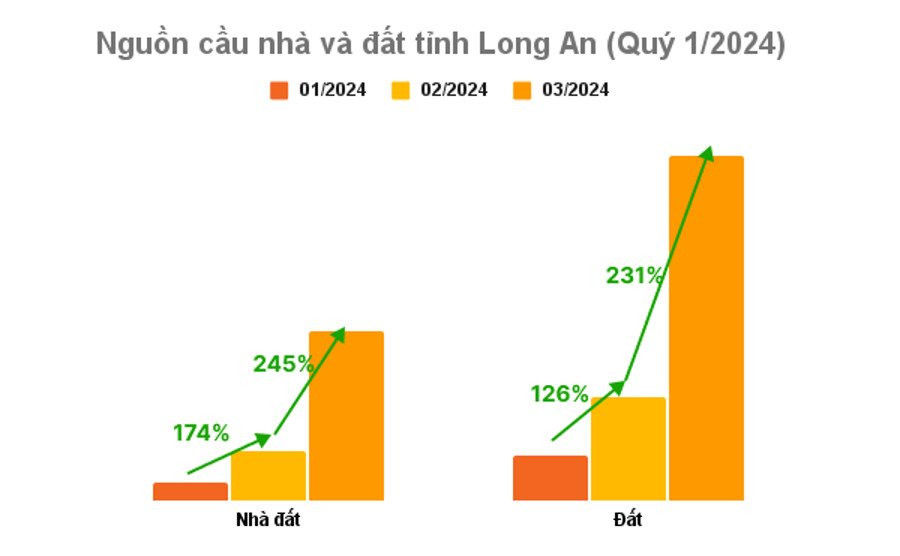
Both the supply and demand for real estate in Long An have quietly grown recently, even when the market still faces many challenges. Source: Nha Tot
However, few people know that the hidden waves of the Long An real estate market have actually been silently surging since 2016-2017. At the end of 2017, the real estate prices here continuously increased, especially in the land and individual houses segments in districts: Duc Hoa, Ben Luc, Can Duoc, Can Giuoc. At that time, agricultural land prices increased two to three times within one to two years. Residential land prices increased by 50-100% from 2017 to 2018. Even land prices showed a phenomenon of daily increases.
This “silent wave” of price increases is thanks to information about large businesses flocking here to find land funds and promote investment since 2014-2015. Along with that, the low volume of real estate projects and products released on the market compared to the actual demand of the people has created good liquidity for Long An real estate. The number of projects in this market in 2017 is about 12,000 products, by 2018 it is 11,000 products, and in 2019 this number is only half of 2018. The majority of the supply is land lot products, with few other types of real estate.
According to brokers, during the 2016-2018 period, investors with 2-3 billion VND found it difficult to find good land plots in Long An. People from all over the place come here to buy large plots of land to build rental houses near industrial zones; investors buy and sell, enjoying good profit margins. The market at that time quietly traded and quietly grew. The increase in the value of Long An real estate continued until the end of 2021, and only really slowed down from mid-2022 to the end of 2023 when affected by the overall market.
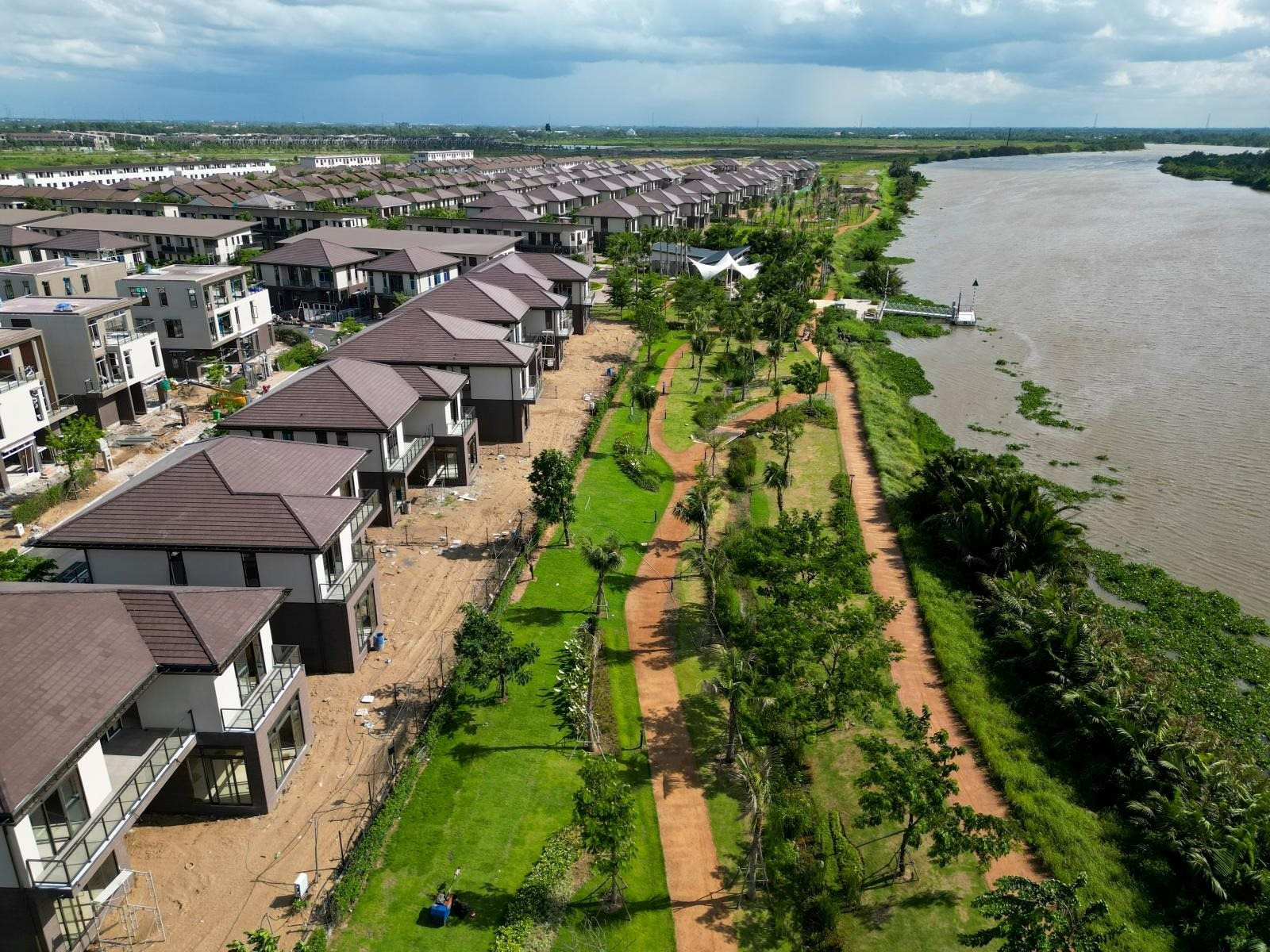
Real estate value in Long An has been steadily increasing over the past decade, even in the volatile market. Photo: Illustration
By the beginning of 2024, real estate in Long An once again quietly “stirs waves”. The supply of real estate has shown signs of increasing. The latest report from Nha Tot shows that the new supply of real estate in the first quarter of 2024 in Long An has grown significantly month by month. Specifically, in March, the supply increased threefold compared to January; in which, the land segment grew twice in the same period. Similarly, the demand for buying and paying attention to real estate in Long An province also recorded significant growth. Compared to the demand in January 2024, the number of views for houses in Long An increased eightfold, while the number of views for land increased fourfold in March 2024.
Along with the resurgence of supply and demand, the prices of houses and land in Long An are also growing strongly. Specifically, the average selling price of houses in Long An province increased from 19 million VND/m2 to 23.5 million VND/m2; land prices increased from 7.2 million VND/m2 to 12 million VND/m2 in the period from January to March 2024.
A series of new actions “dissipate” doubts about the durability of Long An real estate
During the period from 2010 to 2015, when large businesses “glanced” at Long An to develop large-scale projects, the market raised doubts: Businesses may have to hold onto large land funds and “hibernate” for a long time; there is a risk of forming “ghost” urban areas due to poor infrastructure momentum, unfamiliar land with high-end products, and the consumption habits of locals focusing on land plots.
However, in reality, for nearly a decade, Long An has quietly proven itself with existing and thriving urban areas. In Duc Hoa, Can Giuoc, or Ben Luc, hundreds of hectares of projects have been put into operation. Some urban areas have a relatively high occupancy rate and have been recognized for their value appreciation for many years.
Specifically, urban areas such as Nam Long’s 355ha Waterpoint, Cat Tuong Phu Sinh (107ha), Long An Golf Resort (27 holes – 120.33 ha), Duc Hoa New Urban Area (74 ha), Hong Phat New Urban Area (311 ha), Hau Nghia New Urban Area (197 ha), Ecotourism, solar energy residential area (637 ha)… have created living and profitable investment places for many customers. In addition, many investors have “earned a fortune” in the Long An market as the secondary value of investment level increases according to the level of utility investment, internal infrastructure of the urban area.
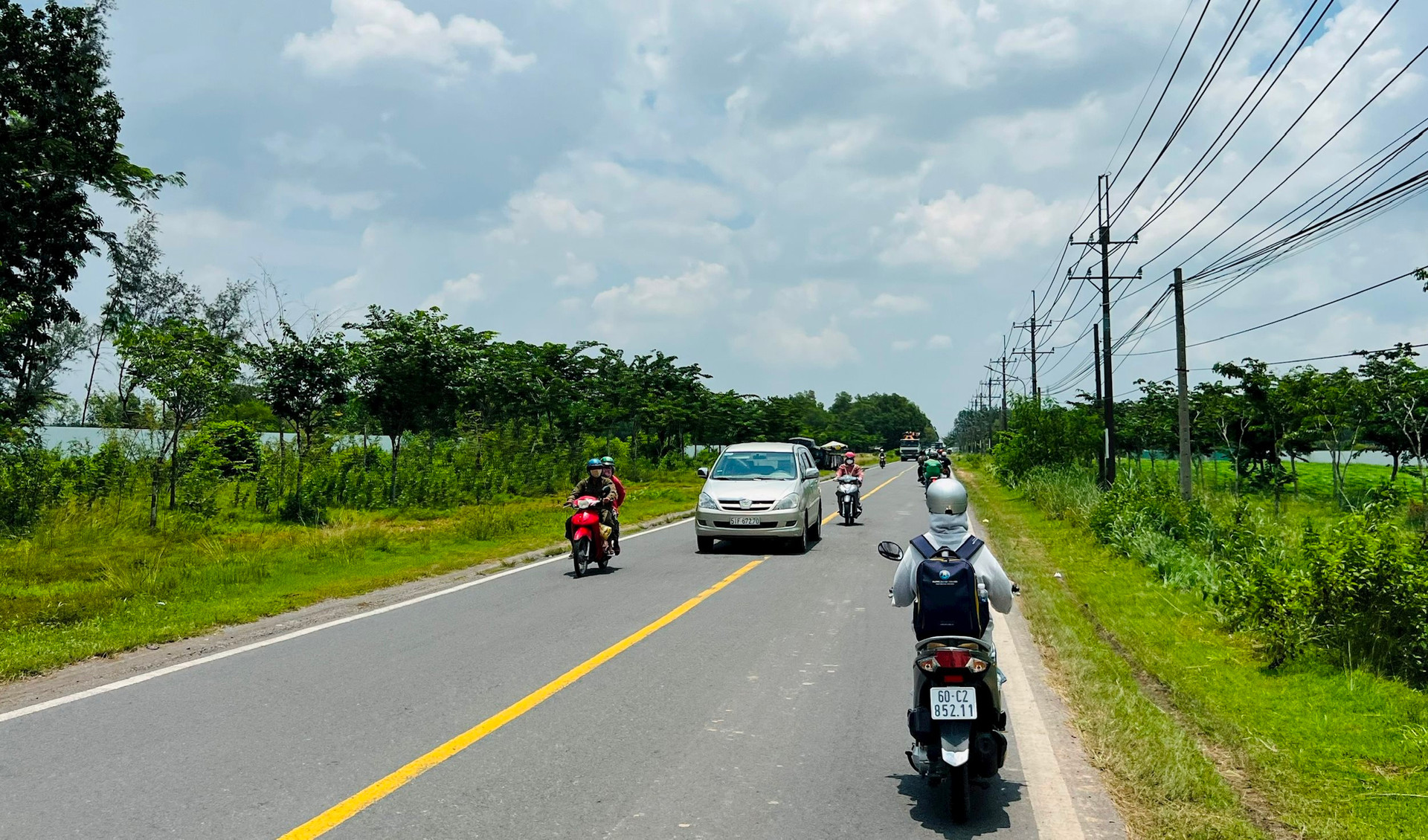
Recently, new moves related to the investment in connecting infrastructure are creating a launching pad for Long An real estate. Photo: Ha Vy
Previously, mainly land lot products, developed individually, over time Long An started to have large-scale projects. Recently, a series of big players have again chosen Long An as a “destination” for projects with billion-dollar investments. This creates new expectations for the local market. The convergence of large-scale projects that are well-invested will increase the diverse needs of the market, thereby creating a picture of a developed real estate in a sustainable manner.
Most recently, some investors have planned business and announced project information in the Long An market. These are all large-scale projects ranging from 100-200 hectares, well-planned, with diverse product structures, expected to seize the growth potential of this locality. For example, LA Home New Urban Area (Luong Hoa, Ben Luc) by Prodezi Long An and Huong Viet (HVH); Eco Retreat New Urban Area (Thanh Phu, Ben Luc) by Ecopark; Hau Nghia – Duc Hoa New Urban Area (Duc Hoa) by Vinhomes…
According to the representative of Prodezi Long An, the investor of LA Home New Urban Area, in the long term, Long An is still a market with great investment potential due to its synchronized and improved infrastructure and better connection with Ho Chi Minh City and the region, along with industrial development. LA Home New Urban Area covers an area of 100 hectares, which is considered a project with a prime location as it is located on the frontage of Luong Hoa – Binh Chanh road. It only takes about 5 minutes to get to Ho Chi Minh City from here. In addition, one side of the project isDT830, directly connected to the Ho Chi Minh City – Trung Luong expressway and Ben Luc – Long Thanh expressway. This urban area is also about 10 minutes away from Ho Chi Minh City’s Ring Road by car.
Along with well-planned projects, according to experts, Long An needs to be connected to the urban economic group, serving as a “bridge” between Ho Chi Minh City and the Mekong River Delta.
It cannot be denied that in the past, Long An did not attract investors like its neighboring provinces Binh Duong, Dong Nai, due to infrastructure congestion. Although it shares the border with Ho Chi Minh City through a system of national roads 1A, 50, 62, N1, N2, Ho Chi Minh City – Trung Luong Expressway, Ben Luc – Long Thanh Expressway, the infrastructure here has not been adequately invested.
Recently, new actions related to traffic infrastructure connectivity have attracted attention with significant investments in Long An. At the beginning of 2024, the province actively invested in expanding and upgrading important provincial and national roads, devoting many resources to improving 6 economic development axes including Ring Road 3 – Ring Road 4 of Ho Chi Minh City; National Road 50B; parallel national road 62; My Quy Tay – Luong Hoa – Binh Chanh; National road N1; Duc Hoa…
In particular, National Road 50B has a total investment of 18,600 billion VND, directly connecting Ho Chi Minh City – Long An – Tien Giang with a section passing through Long An province that is 35 km long. Along the route, there are three large bridges crossing the Can Giuoc River, Vam Co Dong River, and Vam Co Tay River. The project is scheduled to start construction this year and complete phase one in 2026. When completed, National Road 50B will be a new driving force route, connecting goods transportation from the Mekong Delta provinces to Ho Chi Minh City and vice versa, helping to reduce the pressure on National Road 1.
Or the extended information about Vo Van Kiet Road – one of Ho Chi Minh City’s main arterial roads connecting with Long An is also being paid attention by investors. The extended road is planned to be more than 12 km long, 60 m wide, with an intersection with Ring Road 3. “Double-shore” real estate properties are expected to benefit greatly from this connecting route.
In addition to the extended Vo Van Kiet Road project, the Ho Chi Minh City Department of Transport also proposed early deployment of a new road in the northwest, about 8 km long and 40 m wide. The project will extend the 625 inter-commune road from Nguyen Thi Tu Street and Vinh Loc Street to the Long An provincial border.
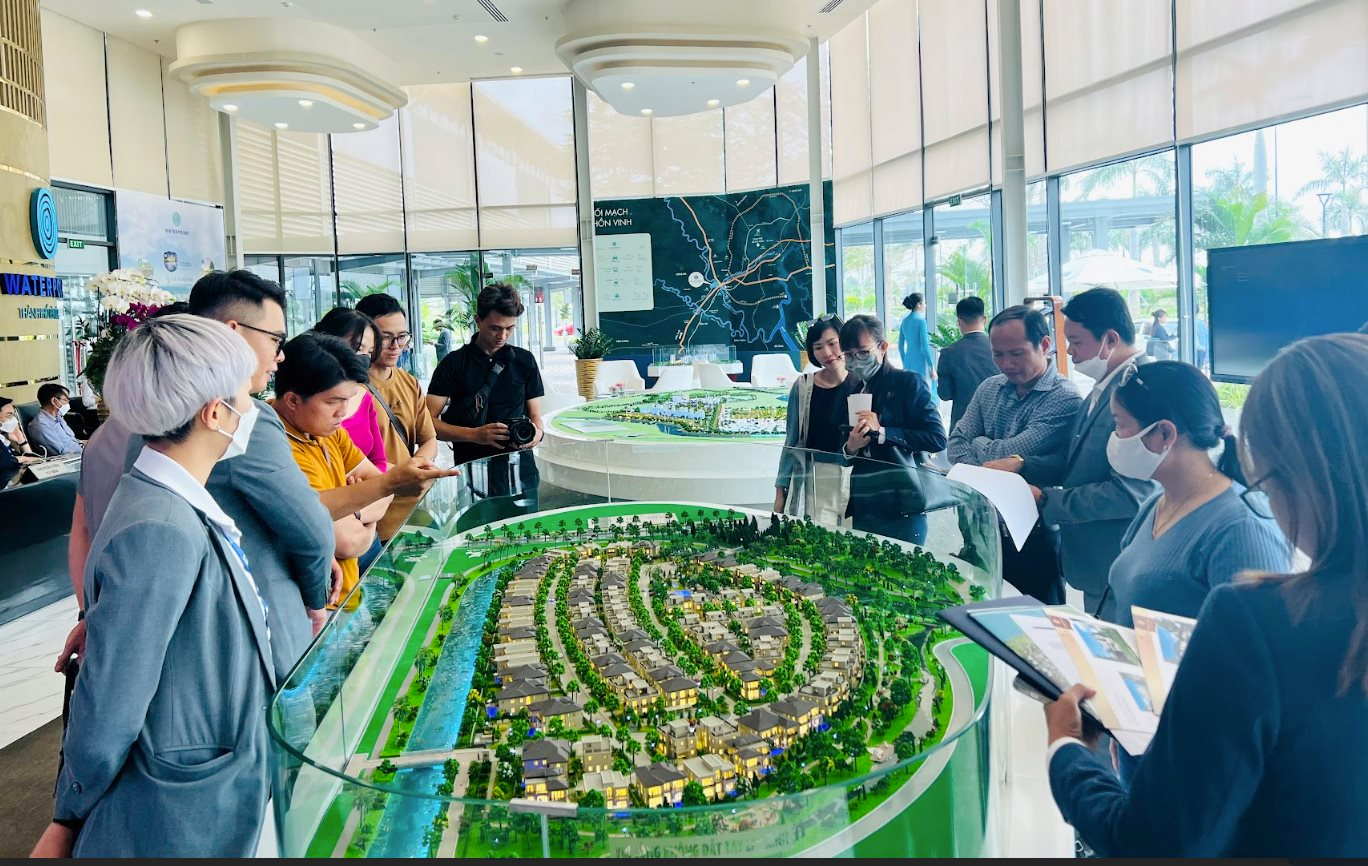
Currently, many large-scale urban areas in Long An successfully “dispel” doubts about a market that is purely speculative.
Therefore, with a series of interprovincial roads formed in the future, Long An real estate has the right to expect changes in demand as well as increased value.
Speaking of Long An, Mr. Dinh The Hien, an economic expert, said that if talking about Long An then the two areas of Ben Luc and Can Giuoc – Can Duoc have the clearest development prospects in the future. In Can Giuoc – Can Duoc, it is located adjacent to Hiep Phuoc Port of Ho Chi Minh City. If good rivers connecting with Ho Chi Minh City are made, Hiep Phuoc seaport can welcome ships from 5,000 – 10,000 tons, making real estate in this area maintain its development potential.
Meanwhile, in Ben Luc, this area is currently having many large urban area projects, with a beautiful Vam Co Dong River, and flat ground. In particular, this area is suitable for 4.0 industrial park types. These industrial parks cannot be located in Ho Chi Minh City because there is no more land fund, but Long An can meet them well.
“In the near future, with the strong connection of invested transportation infrastructure, Ben Luc – Long An can develop into a city with two directions: residential urban area adjacent to Ho Chi Minh City and has great potential for developing light industrial parks, Industry 4.0,” emphasized Mr. Hien.


